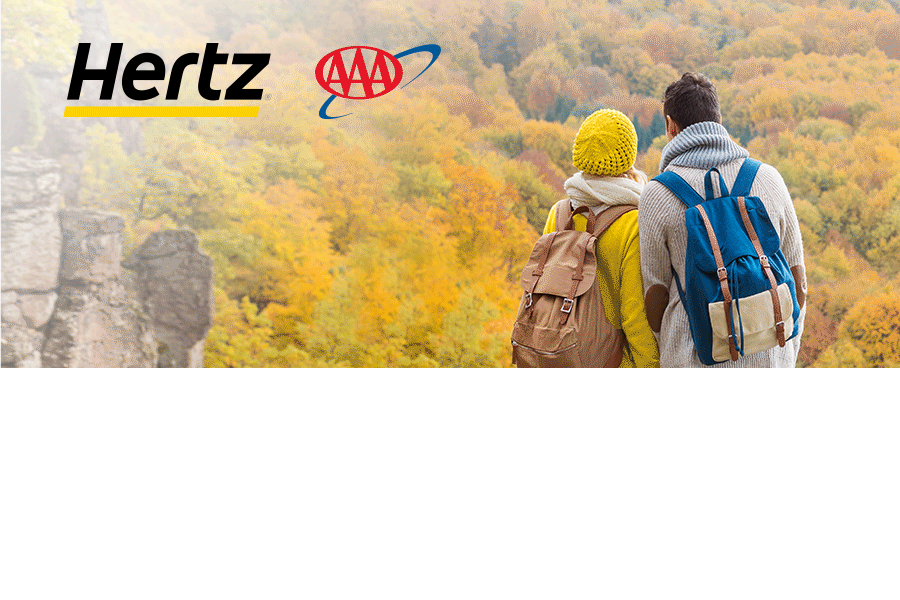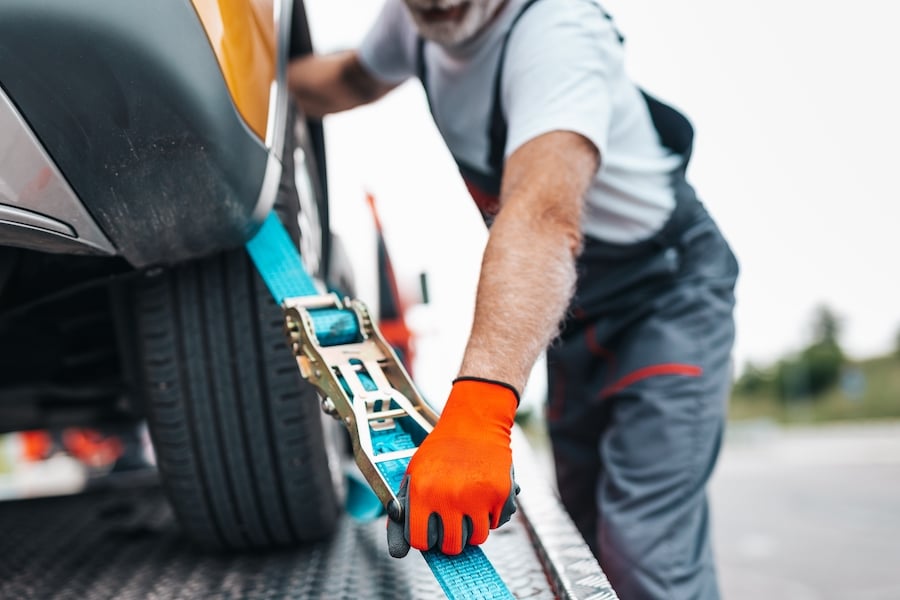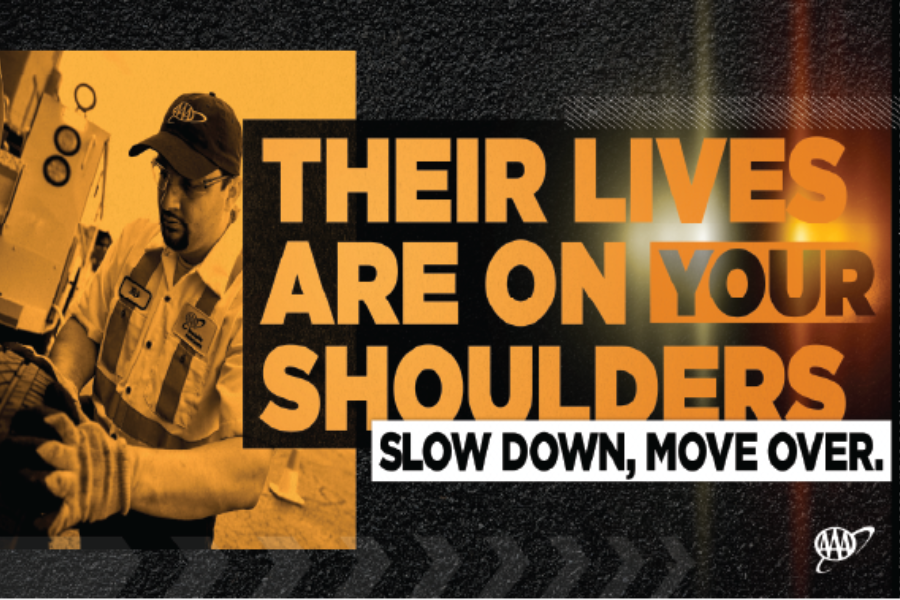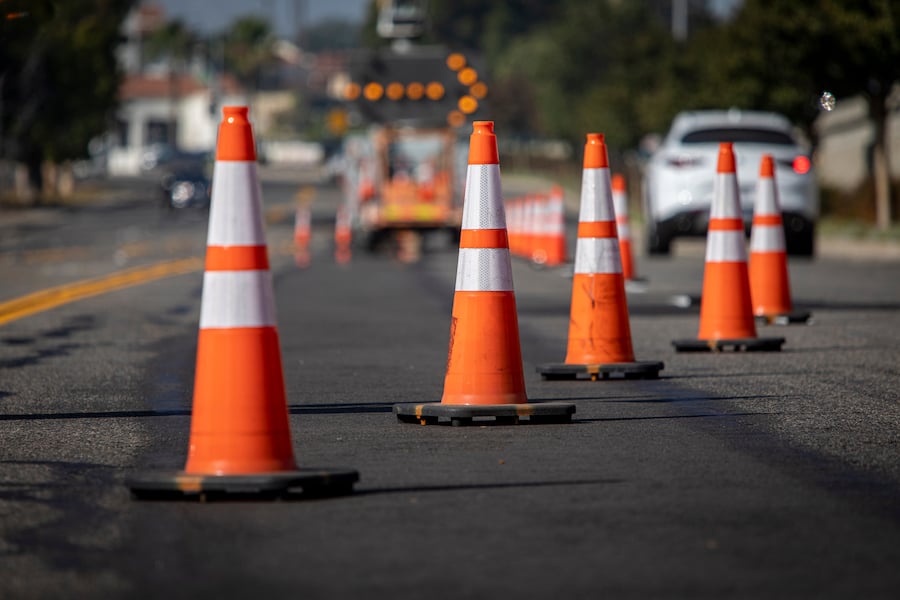Rained Out
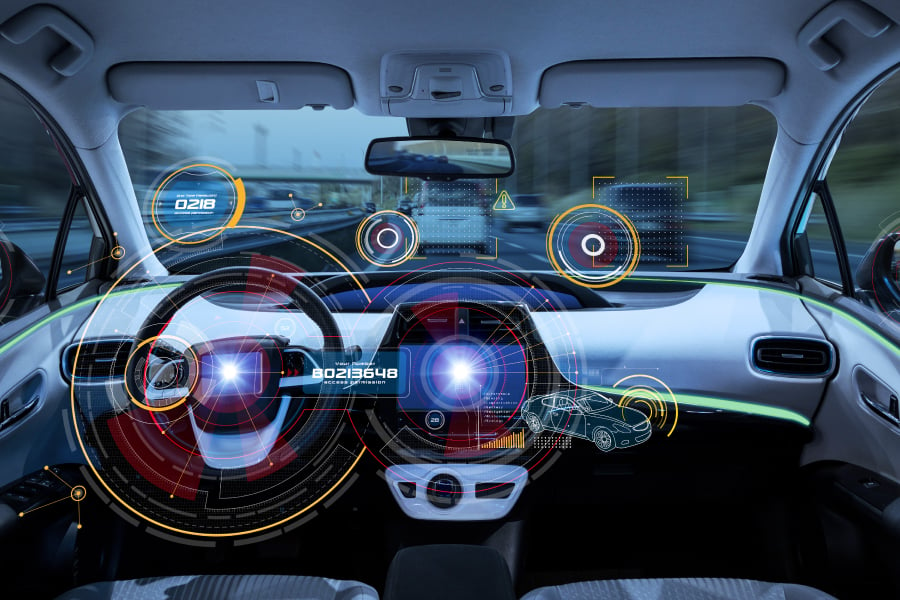
New research from AAA finds that moderate to heavy rain affects a vehicle safety system's ability to "see", which may result in performance issues. During closed-course testing, AAA simulated rainfall and found that test vehicles equipped with automatic emergency braking traveling at 35 mph collided with a stopped vehicle one-third of the time. Lane-keeping assistance didn't fare any better with test vehicles departing their lane 69 percent of the time. Vehicle safety systems, also known as advanced driver assistance systems or ADAS, are typically evaluated in ideal operating conditions. However, AAA believes testing standards must incorporate real-world conditions that drivers normally encounter.
Research Shows Rain has the Biggest Effect on Vehicle Safety Systems
AAA simulated rain and other environmental conditions (bugs and dirt) to measure impact on the performance of ADAS like automatic emergency braking and lane-keeping assistance. Generally, both systems struggled with simulated moderate to heavy rain, with results showing:
Automatic emergency braking engaged while approaching a stopped vehicle in the lane ahead
- In aggregate, testing conducted at 25 mph resulted in a collision for 17 percent of test runs
- In aggregate, testing conducted at 35 mph resulted in a collision for 33 percent of test runs
Lane-keeping assistance engaged to maintain the vehicle's lane position
- In aggregate, veered outside of the lane markers 69 percent of the time
During testing with a simulated dirty windshield (stamped with a concentration of bugs, dirt, and water), minor differences were noted, however, performance was not negatively impacted. While AAA's testing found that overall system performance was not affected, ADAS cameras can still be influenced by a dirty windshield. It is important drivers keep their windshields clean for their own visibility and to ensure their ADAS system camera is not obstructed.
Also, some systems may provide an alert or deactivate in extreme situations, however, the conditions AAA tested under provided no such alert or warning.
To simulate rainfall, AAA engineers designed a system using a reservoir to hold water, a high-pressure pump for a consistent flow of water, and a precision injector nozzle to spray the windshield. This system was secured in the cargo area of the test vehicle and was connected to a nozzle positioned above the windshield so that the spray pattern covered the entire windshield. It should be noted that water sprayed by this system did not reach the pavement or interact with the test vehicle's tires.
Optimizing Use of Vehicle Safety Systems
It's essential for drivers to be familiar with how their system operates. AAA urges drivers to take time to read the vehicle owner's manual to learn when, where, and how to use them. It will give clear guidance on when and where the system operates best, as well as how to use it properly.
Vehicles with ADAS cameras located behind the windshield, like those used in this research, "see" the same things a driver does. If the windshield wipers are worn and streak across the window, this could interfere with the system's performance. Drivers should regularly inspect their wipers and replace them at the first sign of streaking, chattering, or if the blades appear hard and brittle.
Wet conditions present challenges to drivers regardless of whether their vehicles are equipped with safety systems. AAA recommends using extra caution in slick conditions by doing the following:
- Keep windshield clean and ensure that wipers are not streaking the windshield.
- Slow down and avoid hard braking and sharp turning. If possible, follow in the tracks of other vehicles.
- Increase following distance to 5-6 seconds behind the vehicle ahead.
- Do not use cruise control in order to stay alert and to respond quickly if the car's tires lose traction with the road.
- If the car begins to hydroplane, ease off the accelerator to gradually decrease speed until the tires regain traction, and continue to look and steer where you want to go. Don't jam on the brakes-this can cause further traction loss.

